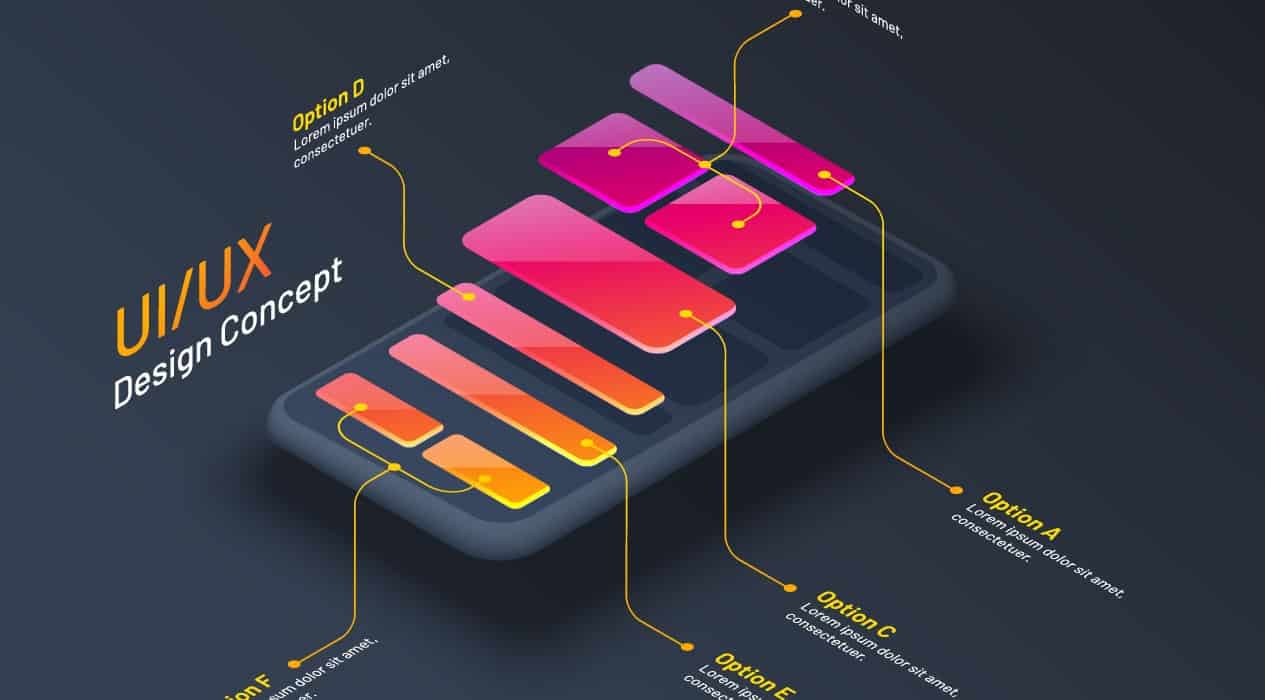What is a user journey?
A user journey is a step by step map, usually in the form of a flow chart, of how a customer will navigate your website to achieve their goals. These are used to analyse how customers currently use your website and identify how they could use it in the future.
Why is a user journey important?
How often have you gone to a website in the hope of finding out information or making a purchase and been left frustrated. Because it is too difficult to navigate or there are too many obstacles in the way?
You want the customer to complete certain tasks on your website. Usually making a purchase or providing information that can be used to lead to future sales. If you can identify how a customer will navigate your website, you can create a better User Experience (UX) and increase your chances of success. Journey mapping will increase both conversions and customer retention because real user journeys cater for real people.
What do I need to know before creating a user journey?
The key to a successful journey map is understanding your customer’s goals. As well as your business goals and how you can align the two.
Understanding the motivations and behaviours of your customers and crucially, areas of the website that cause them pain and force them to leave, is vital.
This information is collated in a User Profile or Persona and is usually gained from data driven research using Google Analytics, customer surveys, focus groups or previous purchases.

How to create a user journey
They are usually in the form of a flow chart but could be created in something as simple as an Excel spreadsheet or whiteboard to identify touchpoints and decision points.
Journey mapping is using the data you have gathered in your Personas. Identifying the steps needed for the easiest journey for the customer to reach their goal. This is classed as the ‘Ideal Journey’. Whether this is done in a flow chart or spreadsheet it should clearly identify each decision point in the process.
Now you need to analyse whether this journey aligns with your business needs. Compromises may need to be made to alter the ideal journey so that both customer goals and business goals are accounted for whilst maintaining a positive User Experience.
Other considerations
It is important to remember that no two journeys are the same. Different customers will use your website in different ways. They will have different motivations and will also feel contrasting emotions when landing on each page of your website. Understanding and catering for these differences in progression is crucial. The ideal journey for one customer will not be the same for another. So you may need to create more than one.
Technical restrictions may also be an issue. A laptop user’s experience will differ from that of someone using an iPhone or tablet. An experienced web designer will understand what can be achieved and will not only identify possible issues for customers but also suggest solutions to them. It is important that both the web design team and the business collaborate closely to ensure that you balance user goals with business goals and technical restrictions.
Contact our experienced web team to find out more about how we can help you to create user journeys and increase your conversion rates.


